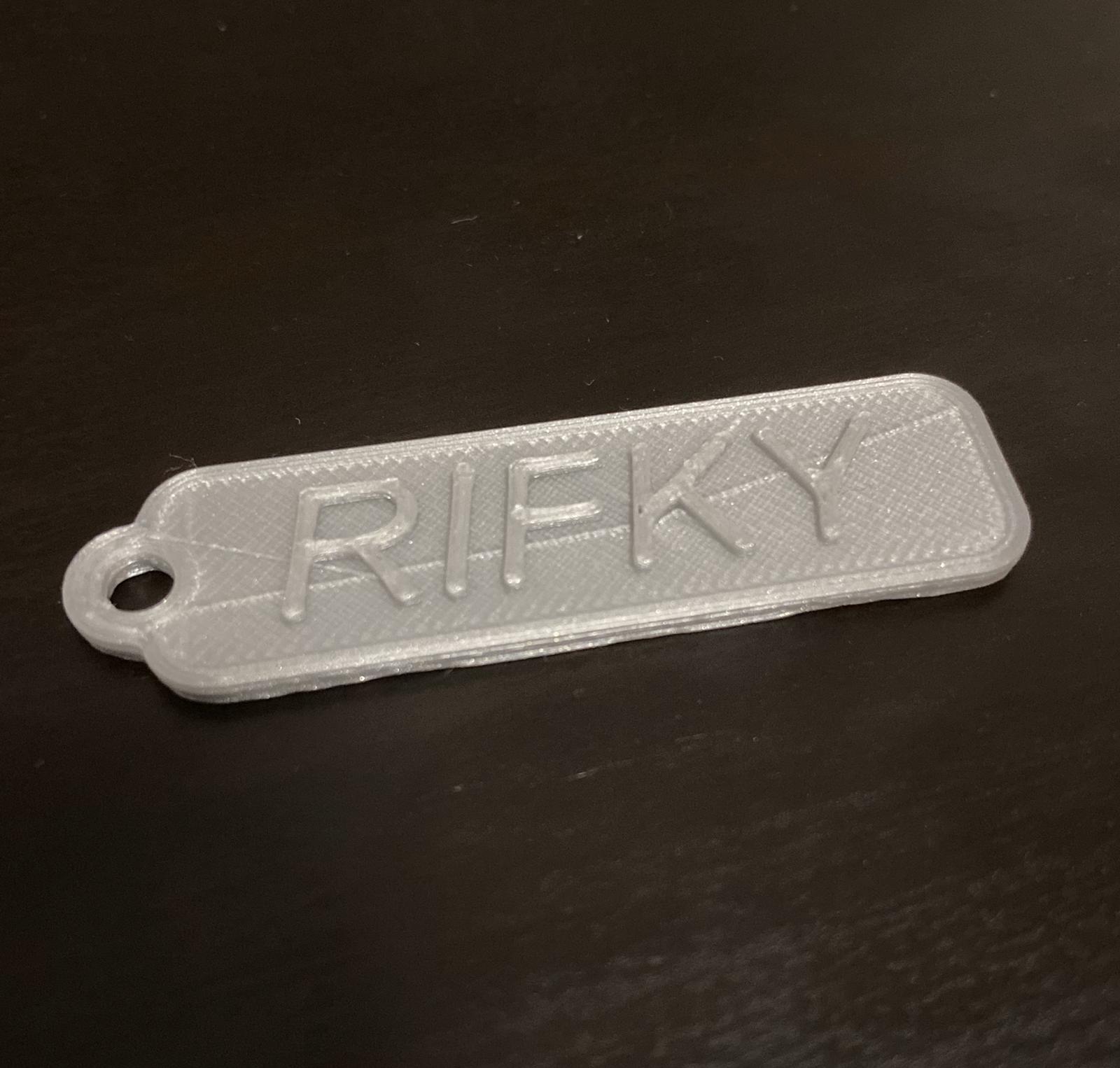My Experience with Computer Aided Design
Computer Aided Design (CAD) is used to create objects with the help of the accuracy and precision of computers, where the CADed objects can be exported into files and fabricated using machines such as 3D printers or lazer cutters. These machines would translate all the specifications of the CAD files into the physical object, making the object in hand very accurate in measurements. In our Digital Fabrication classes, we used multiple CAD applications, including Sketchup and TinkerCad, but we mainly focused on using Fusion 360.
Fusion 360: Keychain Assignment
Using Fusion 360, we were tasked to make a keychain with our name on it. Using the skills that we were taught during lesson time (such as creating sketches, placing text, extruding and using the fillet command), I was able to create the keychain. The keychain is then saved as an stl. file and is then imported to Cura to be 3D printed (more in 3D Printing).
Here are some images that I took of the keychain, both in Fusion 360 and the finalized product:

This is the file from the keychain assignment. [.f3d file]
Tinkering With TinkerCad
In class, we also learnt how to use TinkerCad - a web application that acts as a simulation for Arduino circuits. TinkerCad is used to test how code from the Arduino will interact with other components such as thermistors or LEDs, and it is useful because the code from the Arduino can be verified to see if it works before testing it onto physical hardware. It is also useful as planner for the connection of hardware (e.g. what wires go where).
The image below shows a circuit that powers a motor via a power supply, which leads to an output of the motor spinning.